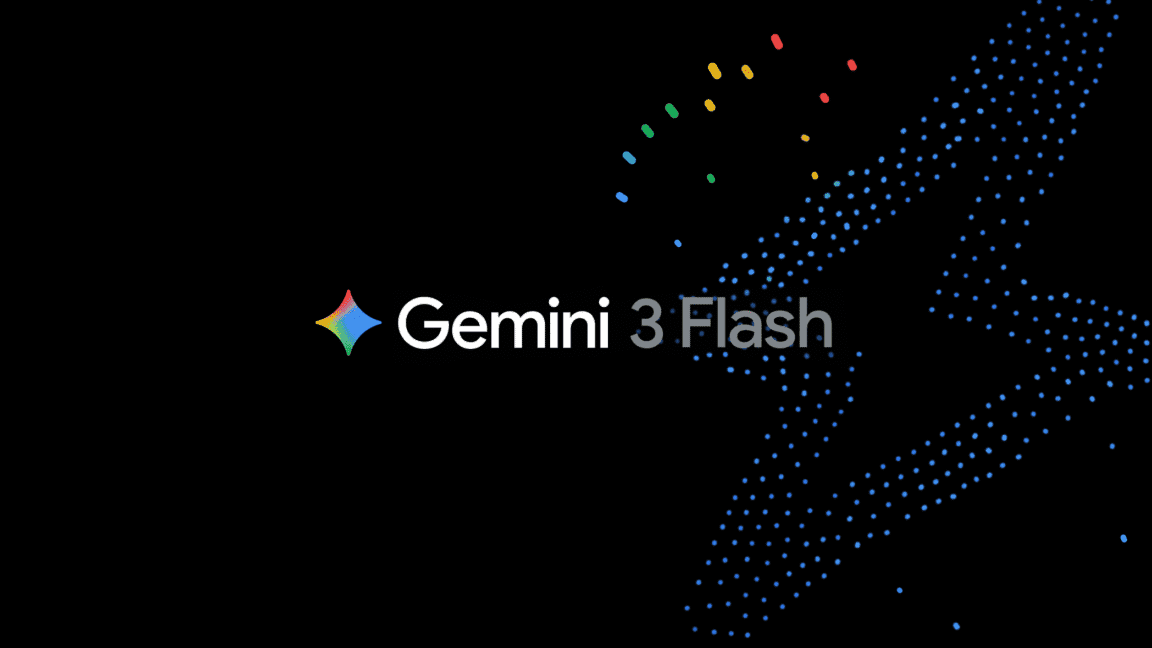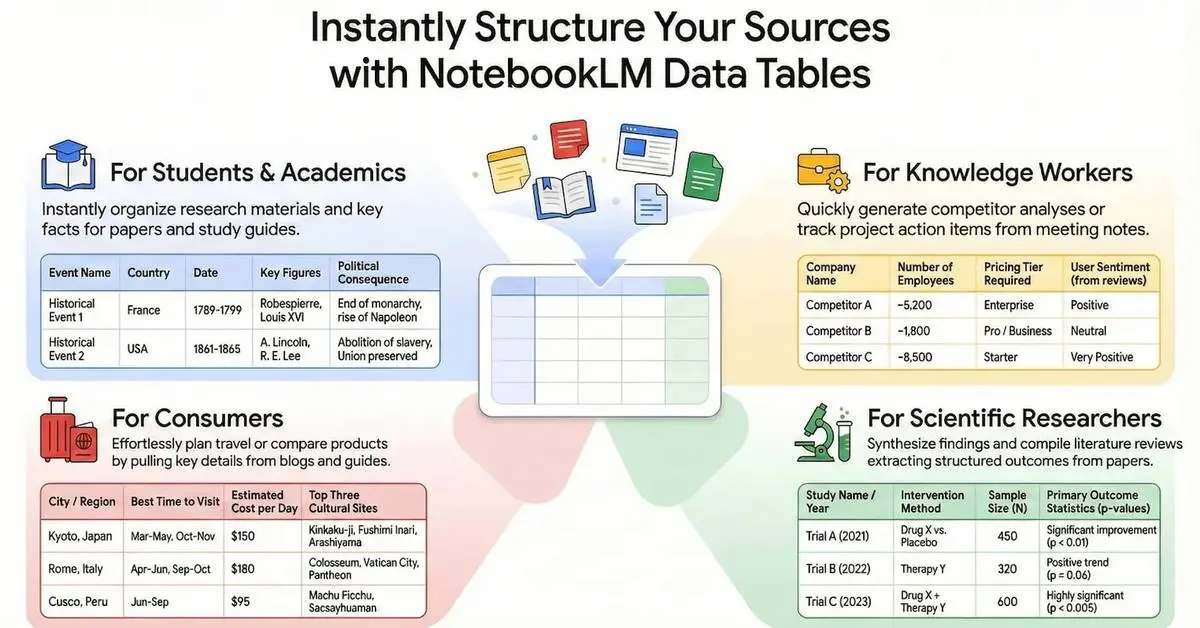Advancing AI Agents: New Frameworks Enhance Long-Term Memory Capabilities
2 Sources
2 Sources
[1]
How the A-MEM framework supports powerful long-context memory so LLMs can take on more complicated tasks
Join our daily and weekly newsletters for the latest updates and exclusive content on industry-leading AI coverage. Learn More Researchers at Rutgers University, Ant Group and Salesforce Research have proposed a new framework that enables AI agents to take on more complicated tasks by integrating information from their environment and creating automatically linked memories to develop complex structures. Called A-MEM, the framework uses large language models (LLMs) and vector embeddings to extract useful information from the agent's interactions and create memory representations that can be retrieved and used efficiently. With enterprises looking to integrate AI agents into their workflows and applications, having a reliable memory management system can make a big difference. Why LLM memory is important Memory is critical in LLM and agentic applications because it enables long-term interactions between tools and users. Current memory systems, however, are either inefficient or based on predefined schemas that might not fit the changing nature of applications and the interactions they face. "Such rigid structures, coupled with fixed agent workflows, severely restrict these systems' ability to generalize across new environments and maintain effectiveness in long-term interactions," the researchers write. "The challenge becomes increasingly critical as LLM agents tackle more complex, open-ended tasks, where flexible knowledge organization and continuous adaptation are essential." A-MEM explained A-MEM introduces an agentic memory architecture that enables autonomous and flexible memory management for LLM agents, according to the researchers. Every time an LLM agent interacts with its environment -- whether by accessing tools or exchanging messages with users -- A-MEM generates "structured memory notes" that capture both explicit information and metadata such as time, contextual description, relevant keywords and linked memories. Some details are generated by the LLM as it examines the interaction and creates semantic components. Once a memory is created, an encoder model is used to calculate the embedding value of all its components. The combination of LLM-generated semantic components and embeddings provides both human-interpretable context and a tool for efficient retrieval through similarity search. Building up memory over time One of the interesting components of the A-MEM framework is a mechanism for linking different memory notes without the need for predefined rules. For each new memory note, A-MEM identifies the nearest memories based on the similarity of their embedding values. The LLM then analyzes the full content of the retrieved candidates to choose the ones that are most suitable to link to the new memory. "By using embedding-based retrieval as an initial filter, we enable efficient scalability while maintaining semantic relevance," the researchers write. "A-MEM can quickly identify potential connections even in large memory collections without exhaustive comparison. More importantly, the LLM-driven analysis allows for nuanced understanding of relationships that goes beyond simple similarity metrics." After creating links for the new memory, A-MEM updates the retrieved memories based on their textual information and relationships with the new memory. As more memories are added over time, this process refines the system's knowledge structures, enabling the discovery of higher-order patterns and concepts across memories. In each interaction, A-MEM uses context-aware memory retrieval to provide the agent with relevant historical information. Given a new prompt, A-MEM first computes its embedding value with the same mechanism used for memory notes. The system uses this embedding to retrieve the most relevant memories from the memory store and augment the original prompt with contextual information that helps the agent better understand and respond to the current interaction. "The retrieved context enriches the agent's reasoning process by connecting the current interaction with related past experiences and knowledge stored in the memory system," the researchers write. A-MEM in action The researchers tested A-MEM on LoCoMo, a dataset of very long conversations spanning multiple sessions. LoCoMo contains challenging tasks such as multi-hop questions that require synthesizing information across multiple chat sessions and reasoning questions that require understanding time-related information. The dataset also contains knowledge questions that require integrating contextual information from the conversation with external knowledge. The experiments show that A-MEM outperforms other baseline agentic memory techniques on most task categories, especially when using open source models. Notably, researchers say that A-MEM achieves superior performance while lowering inference costs, requiring up to 10X fewer tokens when answering questions. Effective memory management is becoming a core requirement as LLM agents become integrated into complex enterprise workflows across different domains and subsystems. A-MEM -- whose code is available on GitHub -- is one of several frameworks that enable enterprises to build memory-enhanced LLM agents.
[2]
Enhancing AI agents with long-term memory: Insights into LangMem SDK, Memobase and the A-MEM Framework
Join our daily and weekly newsletters for the latest updates and exclusive content on industry-leading AI coverage. Learn More AI agents can automate many tasks that enterprises want to perform. One downside, though, is that they tend to be forgetful. Without long-term memory, agents must either finish a task in a single session or be constantly re-prompted. So, as enterprises continue to explore use cases for AI agents and how to implement them safely, the companies enabling development of agents must consider how to make them less forgetful. Long-term memory will make agents much more valuable in a workflow, able to remember instructions even for complex tasks that require several turns to complete. Manvinder Singh, VP of AI product management at Redis, told VentureBeat that memory makes agents more robust. "Agentic memory is crucial for enhancing [agents'] efficiency and capabilities since LLMs are inherently stateless -- they don't remember things like prompts, responses or chat histories," Singh said in an email. "Memory allows AI agents to recall past interactions, retain information and maintain context to deliver more coherent, personalized responses, and more impactful autonomy." Companies like LangChain have begun offering options to extend agentic memory. LangChain's LangMem SDK helps developers build agents with tools "to extract information from conversation, optimize agent behavior through prompt updates, and maintain long-term memory about behaviors, facts, and events." Other options include Memobase, an open-source tool launched in January to give agents "user-centric memory" so apps remember and adapt. CrewAI also has tooling around long-term agentic memory, while OpenAI's Swarm requires users to bring their memory model. Mike Mason, chief AI officer at tech consultancy Thoughtworks, told VentureBeat in an email that better agentic memory changes how companies use agents. "Memory transforms AI agents from simple, reactive tools into dynamic, adaptive assistants," Mason said. "Without it, agents must rely entirely on what's provided in a single session, limiting their ability to improve interactions over time." Better memory Longer-lasting memory in agents could come in different flavors. LangChain works with the most common memory types: semantic and procedural. Semantic refers to facts, while procedural refers to processes or how to perform tasks. The company said agents already have good short-term memory and can respond in the current conversation thread. LangMem stores procedural memory as updated instructions in the prompt. Banking on its work on prompt optimization, LangMem identifies interaction patterns and updates "the system prompt to reinforce effective behaviors. This creates a feedback loop where the agent's core instructions evolve based on observed performance." Researchers working on ways to extend the memories of AI models and, consequently, AI agents have found that agents with long-term memory can learn from mistakes and improve. A paper from October 2024 explored the concept of AI self-evolution through long-term memory, showing that models and agents actually improve the more they remember. Models and agents begin to adapt to more individual needs because they remember more custom instructions for longer. In another paper, researchers from Rutgers University, the Ant Group and Salesforce introduced a new memory system called A-MEM, based on the Zettelkasten note-taking method. In this system, agents create knowledge networks that enable "more adaptive and context-aware memory management." Redis's Singh said that agents with long-term memory function like hard drives, "holding lots of information that persists across multiple task runs or conversations, letting agents learn from feedback and adapt to user preferences." When agents are integrated into workflows, that kind of adaptation and self-learning allows organizations to keep the same set of agents working on a task long enough to complete it without the need to re-prompt them. Memory considerations But it is not enough to make agents remember more; Singh said organizations must also make decisions on what the agents need to forget. "There are four high-level decisions you must make as you design a memory management architecture: Which type of memories do you store? How do you store and update memories? How do you retrieve relevant memories? How do you decay memories?" Singh said. He stressed that enterprises must answer those questions because making sure an "agentic system maintains speed, scalability and flexibility is the key to creating a fast, efficient and accurate user experience." LangChain also said organizations must be clear about which behaviors humans mujst set and which should be learned through memory; what types of knowledge agents should continually track; and what triggers memory recall. "At LangChain, we've found it useful first to identify the capabilities your agent needs to be able to learn, map these to specific memory types or approaches, and only then implement them in your agent," the company said in a blog post. The recent research and these new offerings represent just the start of the development of toolsets to give agents longer-lasting memory. And as enterprises plan to deploy agents at a larger scale, memory presents an opportunity for companies to differentiate their products.
Share
Share
Copy Link
Researchers introduce innovative frameworks like A-MEM to improve AI agents' memory management, enabling them to handle more complex tasks and maintain long-term interactions.

Enhancing AI Agents with Long-Term Memory
Researchers and companies are making significant strides in developing frameworks and tools to enhance the long-term memory capabilities of AI agents. These advancements are crucial for enabling AI agents to tackle more complex tasks and maintain effective long-term interactions in various applications.
The A-MEM Framework: A Novel Approach to AI Memory
Researchers from Rutgers University, Ant Group, and Salesforce Research have proposed a new framework called A-MEM, which enables AI agents to integrate information from their environment and create automatically linked memories
1
. This framework utilizes large language models (LLMs) and vector embeddings to extract useful information from the agent's interactions and create efficient memory representations.Key features of A-MEM include:
- Structured memory notes: Capture explicit information and metadata from each interaction.
- Embedding-based retrieval: Enables efficient scalability while maintaining semantic relevance.
- LLM-driven analysis: Allows for nuanced understanding of relationships between memories.
- Context-aware memory retrieval: Provides agents with relevant historical information for each interaction.
The Importance of Long-Term Memory in AI Agents
Memory is critical for LLM and agentic applications as it enables long-term interactions between tools and users. Manvinder Singh, VP of AI product management at Redis, emphasizes that "Agentic memory is crucial for enhancing [agents'] efficiency and capabilities since LLMs are inherently stateless"
2
.Mike Mason, chief AI officer at Thoughtworks, adds that "Memory transforms AI agents from simple, reactive tools into dynamic, adaptive assistants"
2
. This transformation allows agents to improve interactions over time and adapt to user preferences.Other Frameworks and Tools for Enhancing AI Memory
Several companies and researchers are developing tools to extend agentic memory:
- LangChain's LangMem SDK: Helps developers build agents with tools to extract information from conversations and maintain long-term memory
2
. - Memobase: An open-source tool that gives agents "user-centric memory" for better adaptation
2
. - CrewAI: Offers tooling around long-term agentic memory
2
.
Related Stories
Considerations for Implementing Long-Term Memory in AI Agents
As organizations plan to deploy AI agents at a larger scale, several factors need to be considered:
- Memory types: Deciding which types of memories to store (e.g., semantic, procedural)
2
. - Storage and updating: Determining how to store and update memories efficiently
2
. - Retrieval: Developing methods for retrieving relevant memories when needed
2
. - Memory decay: Establishing processes for decaying or forgetting unnecessary information
2
.
The Future of AI Agents with Enhanced Memory
The development of these memory-enhancing frameworks and tools represents a significant step forward in AI agent capabilities. As enterprises continue to explore use cases for AI agents, the ability to maintain long-term memory will likely become a key differentiator in the market.
With ongoing research and development in this area, we can expect to see AI agents that are increasingly capable of handling complex, multi-step tasks and providing more personalized and context-aware interactions in various domains and applications.
References
Summarized by
Navi
[1]
Related Stories
Recent Highlights
1
Google launches Gemini 3 Flash as default AI model, delivering speed with Pro-grade reasoning
Technology

2
OpenAI launches GPT Image 1.5 as AI image generator war with Google intensifies
Technology

3
OpenAI launches ChatGPT app store, opening doors for third-party developers to build AI-powered apps
Technology








